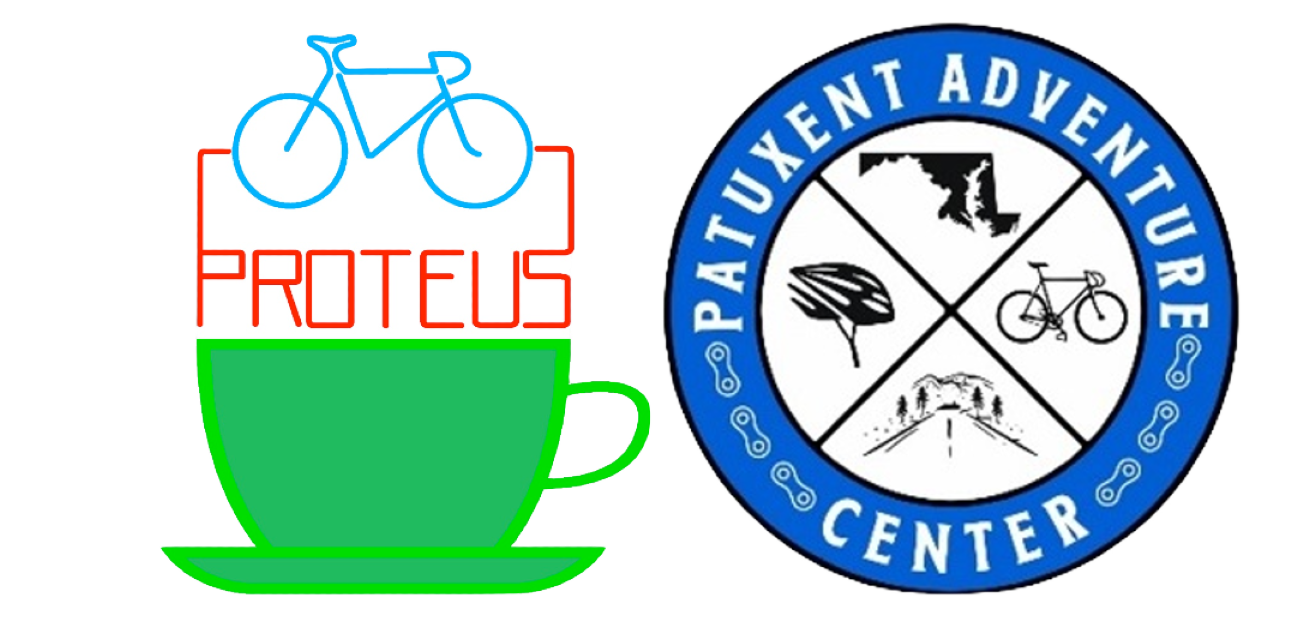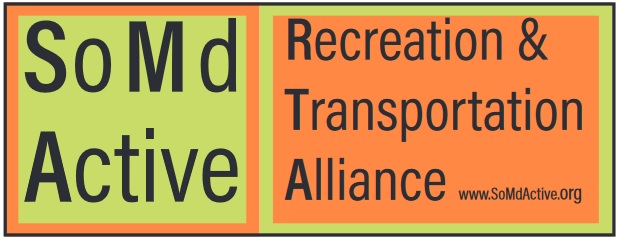
Southern Maryland Active Recreation and Transport Alliance
SMARTA is a new alliance to support people-powered, climate friendly outdoor recreation and transportation in Southern Maryland.
Press Release
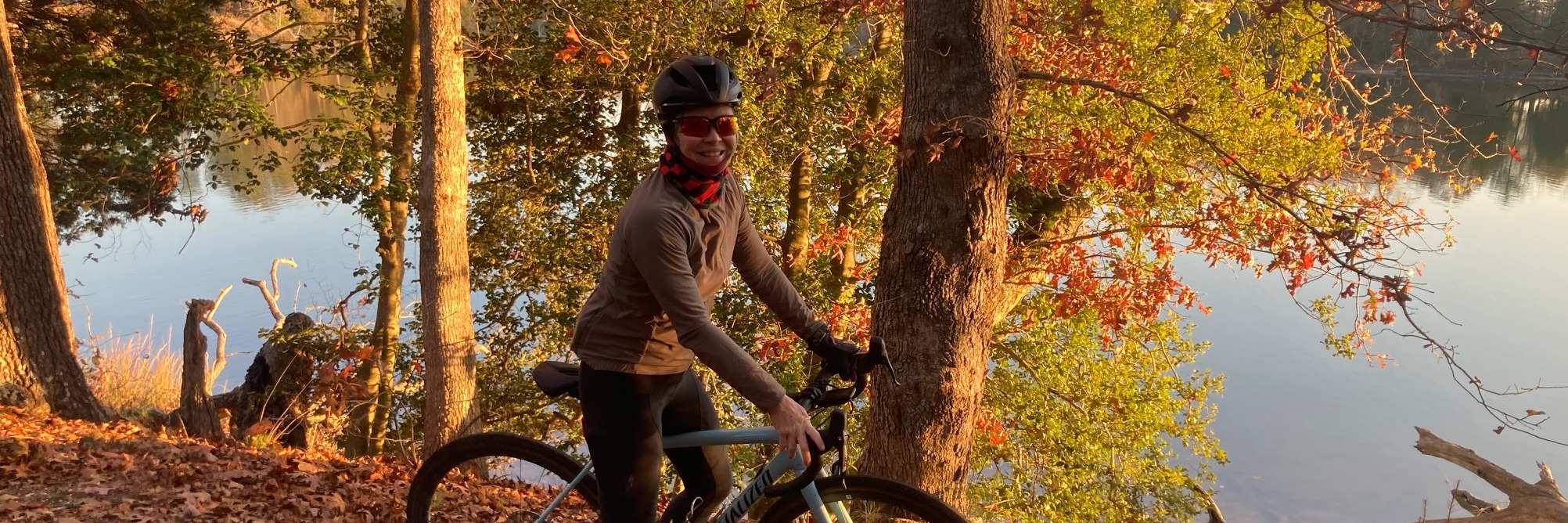
Our mission is to:
· Educate local and state officials on the needs of alternative transportation users (hikers, bikers, and paddlers) and the benefits of green tourism.
· Unite a community of hikers, bikers, and paddlers – both experienced and new – that is passionate about making people-powered recreation and transportation safe and accessible in Southern Maryland.
Get Involved! Please join us for our kickoff potluck meet and greet on September 29, at Patuxent Adventure Center (Solomons). And be sure to sign up for our initial email newsletter in the box below
WHO: Southern MD Active Recreation and Transport Alliance
WHAT: Kickoff Potluck with SMARTA founders and friends, and everyone interested in better trails, bikeways, and access in So MD.
WHEN: Friday September 29, 6-730pm
WHERE: 13372 H.G. Trueman Road, Solomons MD
AGENDA: A brief presentation about SMARTA and a Q&A for bike/walk/paddle projects for us to work on with you!
BRING: A snack or a dish if you wish, or just yourself is fine too.
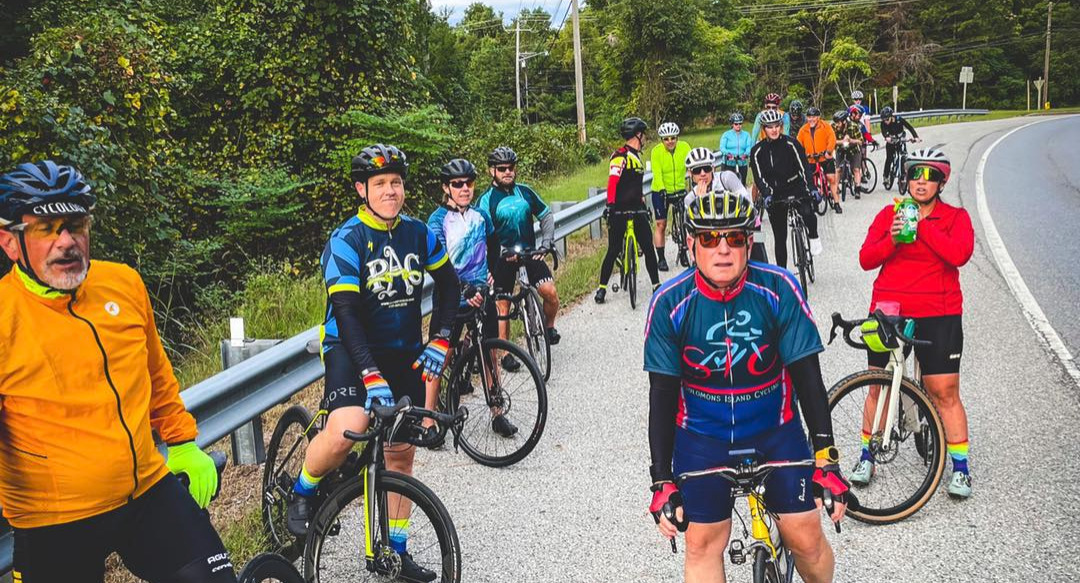
Solomons Island Cycling's Safety Recommendations
Read SIC's short white paper with recommendations for improving on-road bike access and safety in Calvert County.
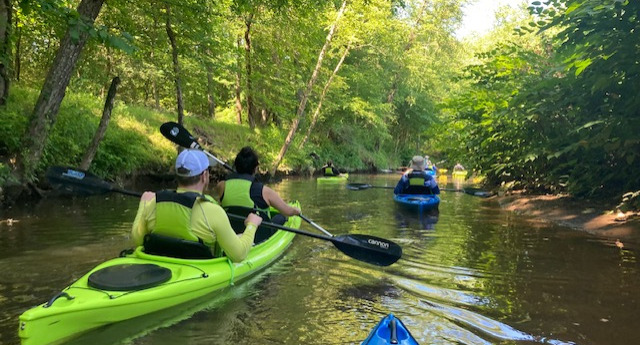
Water Access for Paddlers
More public access to waterways: People care more about waterways if they can actually experience them. We need governments and waterfront owners to provide more paddler access points for fee or for free.
Ferries at old or new Southern MD wharf sites. Imagine ferries available to transport hikers, bikers, and paddlers across our rivers, stretching active transportation experiences across Southern MD.
Check out the Patuxent River Water Trail
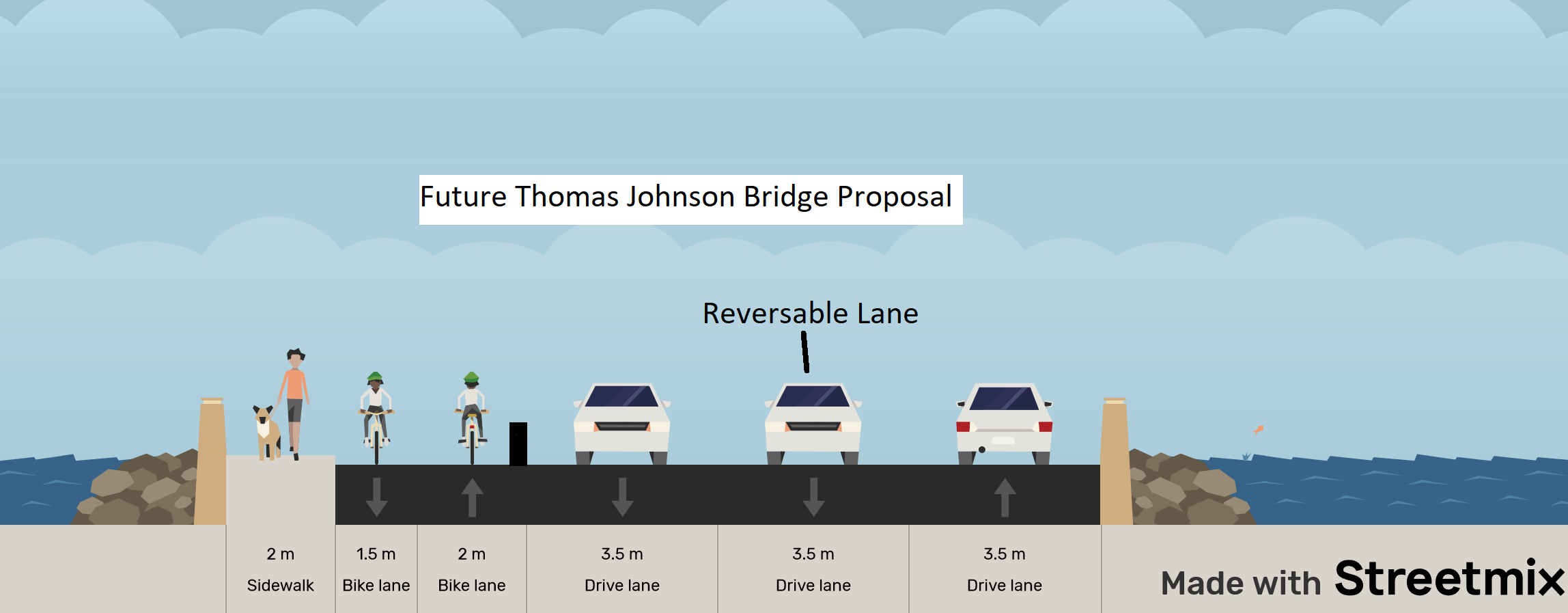
Re-imagining the Patuxent River Bridges
For green tourism to take off in Southern Maryland, we will need to re-make our main river crossings, including bike/walk access on the bridge decks, and also for paddle launch access below. In particular, the Thomas Johnson Bridge (Route 4 in Solomons, MD) and the Route 231 Bridge, which connects Prince Frederick in Calvert County with Hughsville in Charles County, need to become scenic tourist-friendly routes for bike riders and hikers. Solar ferries connecting key points on either side of the river should also be considered!
SMARTA's Recommendations for the Statewide 2050 Bicycle and Pedestrian Master Plan
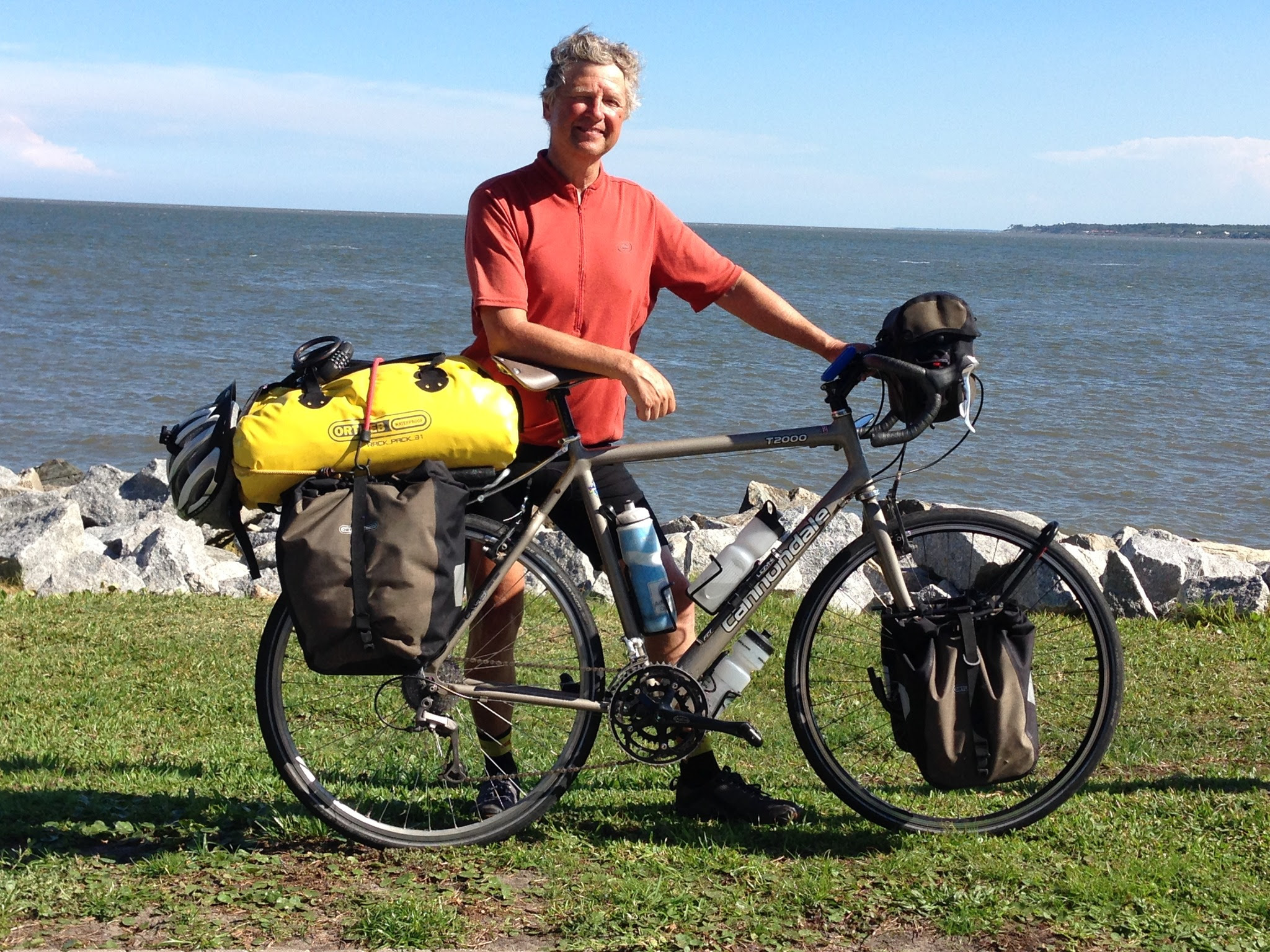
Biking and Hiking Routes and Trails
Southern Maryland is full of great places to ride, and we're working to build more! For Example, see the list below of ride routes used by Solomons Island Cycling:
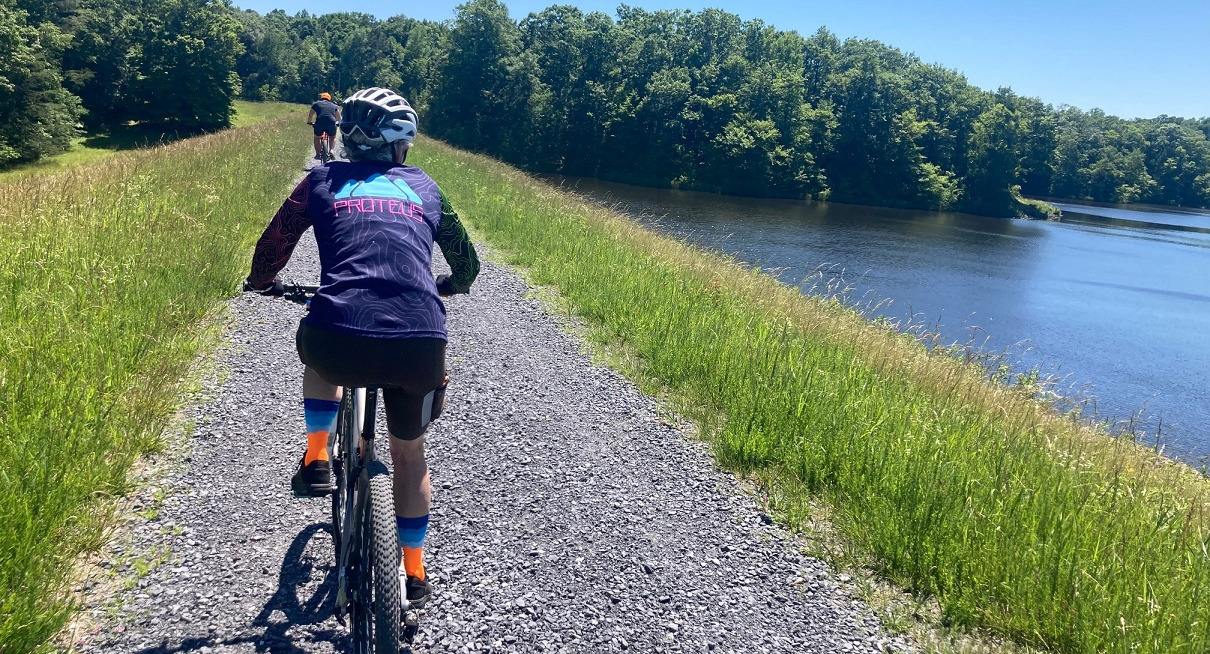
Southern MD Mountain Biking
SMMB has a regular schedule of rides in Southern MD, often at St. Mary's Lake. There are also great trails in Southern Prince George's County at Rosaryville SP, Cosca Regional Park, and Patuxent River Park, and in Charles Co. at Cedarville State Forest. SMART is interested in working for more localized mountain bike access points, particularly under our power line rights of way.
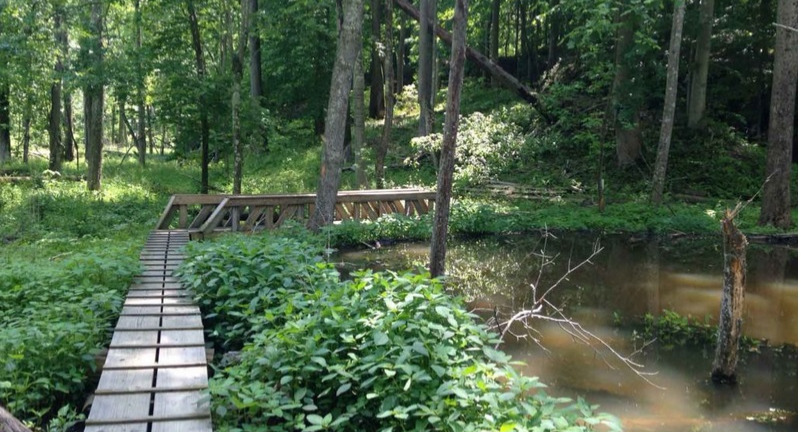
American Chestnut Land Trust Hiking Trails
The American Chestnut Land Trust maintains 22 miles of free hiking trails that are open year-round from dawn to dusk every day.
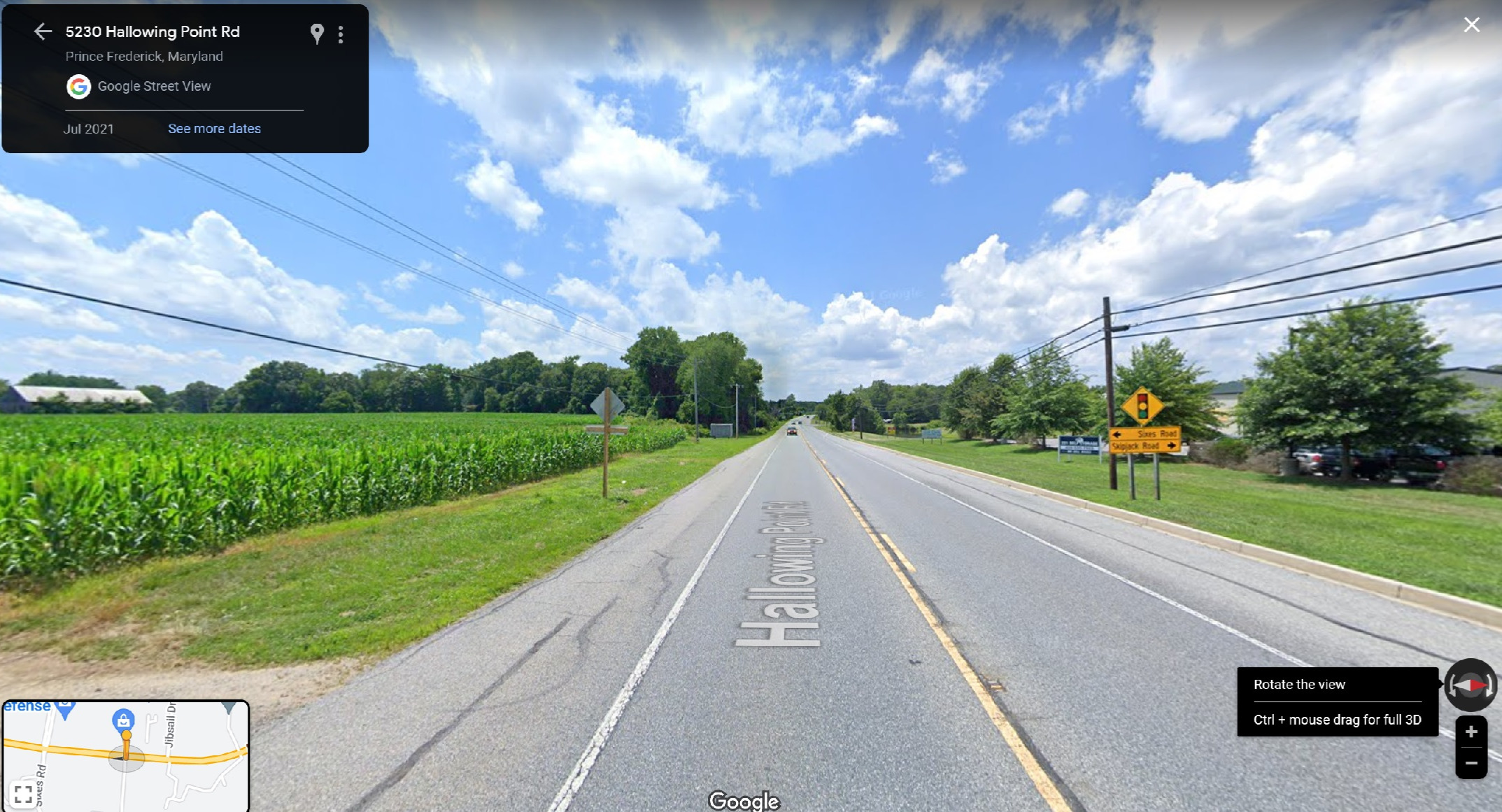
Preserving Southern MD's Wide "Amish" Road Shoulders
Many of Southern Maryland's roads, particularly in St. Mary's County, have wide shoulders, originally to help preserve access for horse-drawn buggies. However, in some places this extra shoulder space has been converted to right-hand turn lanes and acceleration/deceleration lanes for subdivisions, or pushed aside to make room for left-turn pockets. This loss of shoulder space reduces safe access for bike riders, hikers, and buggies alike. We should instead preserve and expand our unique "Amish" shoulders on Southern Maryland roads.
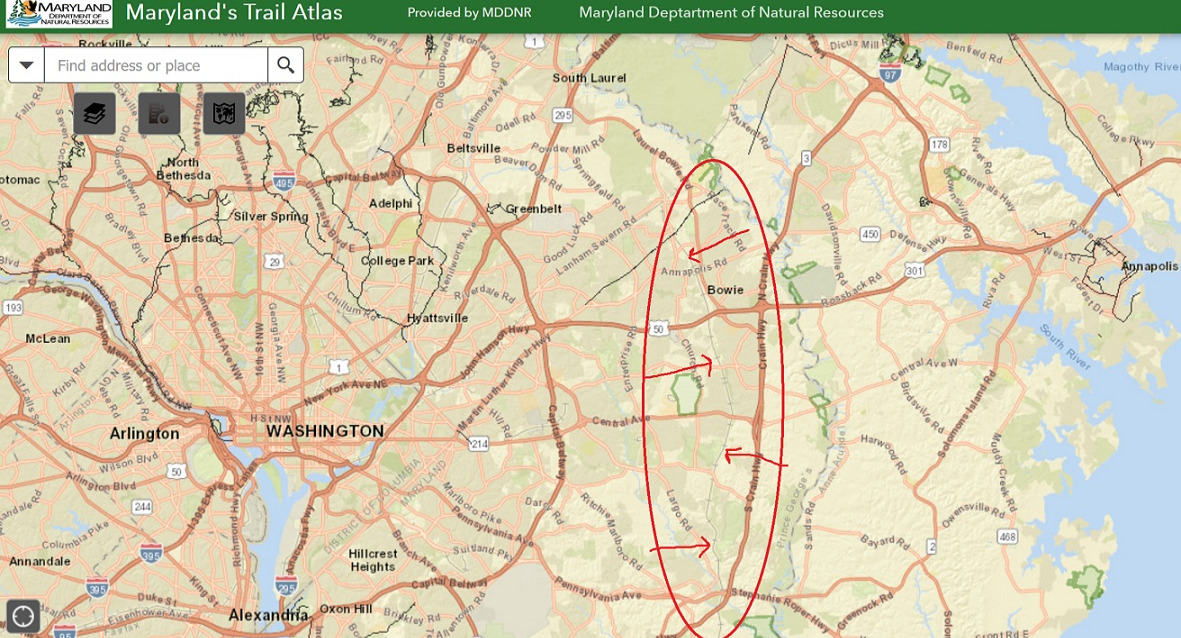
Southern MD Rail Trails
Plans should be accelerated to extend the Three Notch Trail westward to Charles County and further southward into the more populated areas of St. Mary's. We also need to design and build a spur to Leonardtown. In the longer run, the CSX rail line from Bowie to Upper Marlboro and extending into Charles County is now rarely used, since our power plants no longer use coal. We propose to convert the Prince George's County sector into a rail trail, and the Charles County sector into a combination rail trail and light rail commuter line toward Washington DC.
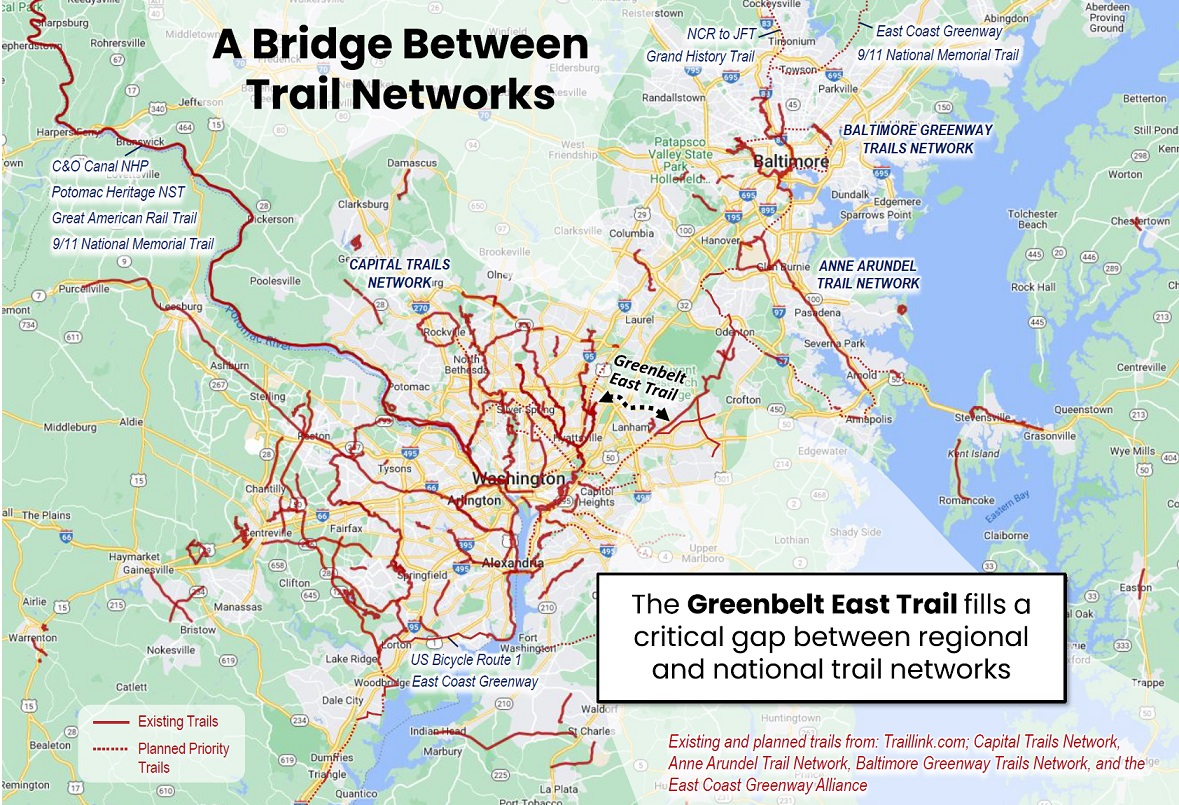
Connecting the East Coast Greenway
The Greenbelt East Trail would be a first for Prince George's County: a fully protected, on-road two-way shared use trail, which would connect the WB&A trail system toward Anne Arundel County and Baltimore with the Anacostia River Trail System toward DC and Northern Virginia. It would also provide a safe bike/walk route for NASA commuters and local businesses, schools, churches, and recreational facilities.
Founding Organizations and Volunteers
Patuxent Tidewater Land Trust, Leonardtown MD
American Chestnut Land Trust, Prince Frederick MD
Patuxent Adventure Center, Solomons and Leonardtown MD
Solomons Island Cycling, Solomons MD
Cycling Without Age, St. Mary's County MD (FB Link)
David M. Jenkins, Charles County, Chair of Tri-County Council for Southern Maryland's Bicycle Pedestrian Infrastructure Advisory Committee
Thanks to Proteus Bicycles of College Park for hosting SMARTA's startup website.
